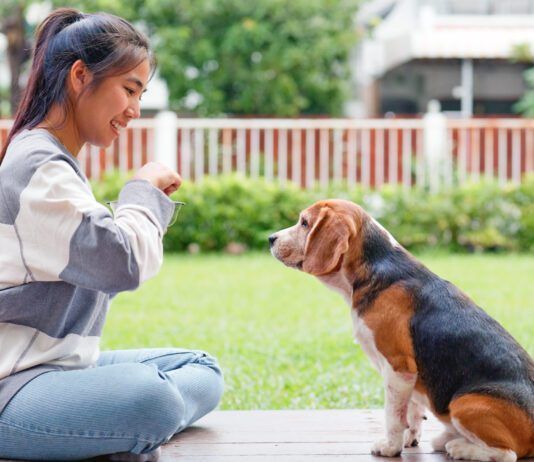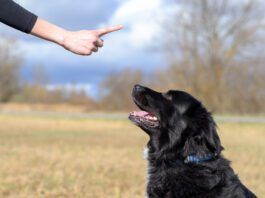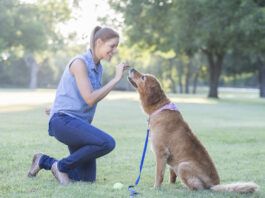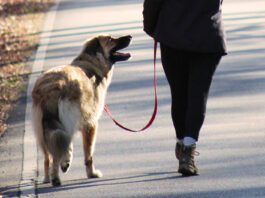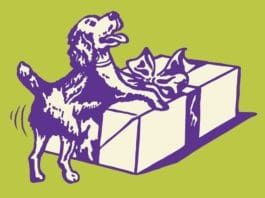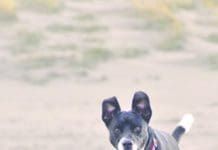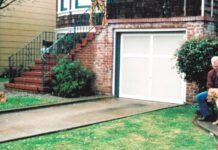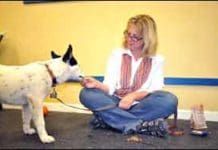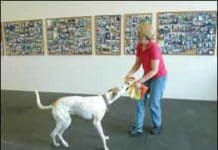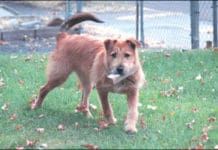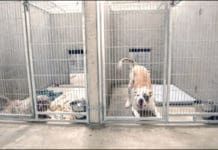Train to “Find It!” to Replace Bad Behaviors
the next step is to give the cue
Striving to Stay Positive (in Dog Training)
Did you know there are still Nazis" fighting a war? Supposedly
What To Do When Your Dog Is Afraid Of Everyone – Even You!
his paw) to your hand or a target stick.üTrill
Karen Pryor: Positive Training Icon
In 1985, upon publication of Don’t Shoot the Dog!: The New Art of Teaching and Training, written by the now-famous proponent of canine clicker training, Karen Pryor, some people were confused. Was it actually a dog training book? Because it talked an awful lot about changing the behavior of humans!
Counter-Conditioning and Desensitization (CC&D)
Counter conditioning and desensitization (CC&D) involves changing your pup's association with a scary stimulus from negative to positive. The easiest way to give most pups a positive association is with very high-value, really yummy treats. I like to use chicken canned, baked or boiled.
Counter-Conditioning and Desensitization for Reducing Dog Reactvity
Counter-conditioning involves changing your dog’s association with a scary or arousing stimulus from negative to positive. Desensitization is starting with a very low-level intensity of aversive stimulus until the dog habituates to (or changes his association with) the aversive, and then gradually increasing the strength until the dog is comfortable with the stimulus at full intensity. The easiest way to give most dogs a positive association and to help them become comfortable with a stimulus is with very high-value, really yummy treats. I like to use chicken – canned, baked, or boiled; most dogs love chicken. Here’s how the CC&D process works.
Touch/Restraint Desensitization Protocol
Touch dog’s shoulder with one hand, feed treat with other hand, remove both hands. Repeat multiple times until touch to the shoulder elicits an automatic look for the other hand to arrive with treat. Move touch process to various other parts of dog’s head and body until a touch anywhere on the dog elicits an auto-look for the delivery of a treat. Pay extra attention to any body part where your touch seems to elicit a more intense response from the dog.
The Four Principles of Operant Conditioning for Dogs
The dog's behavior makes something good happen. Positive
5 Ways to Train Without Treats!
Food treats are an easy and effective reward for a dog when training. But food rewards are only one way to build strong behavior. There may be times when you do not want to or cannot use food, and there may be times when the best reinforcement is something other than a hot dog! Here are five great ways to reward your dog when you don't want to reach for the treat pouch.
5 Things to Do the Next Time Your Dog Grabs Your Stuff and Runs
Your dog grabs your stuff and runs away either because she knows you're going to take it from her and she doesn't want you to, or she's inviting you to join in her a fun game of Catch me if you can." In either case
Building a Strong Positive Training Foundation with Your Dog
volunteers can improve the "curb appeal" of these dogs
Positive Dog Training for Hunting Dogs
Depending on who you talk to, “hunting dog” means very different things. The only thing in common may very well be that the human end of the leash historically toted a gun in pursuit of some type of “game.” The game in question was not after-dinner parlor entertainment, but the entree on your dinner table. That might be pheasant, duck, or squirrel. Through hundreds of years, the real-life pursuit of food for one’s family has morphed into a competitive sport for people who rely upon Safeway to meet their nutritional needs.


